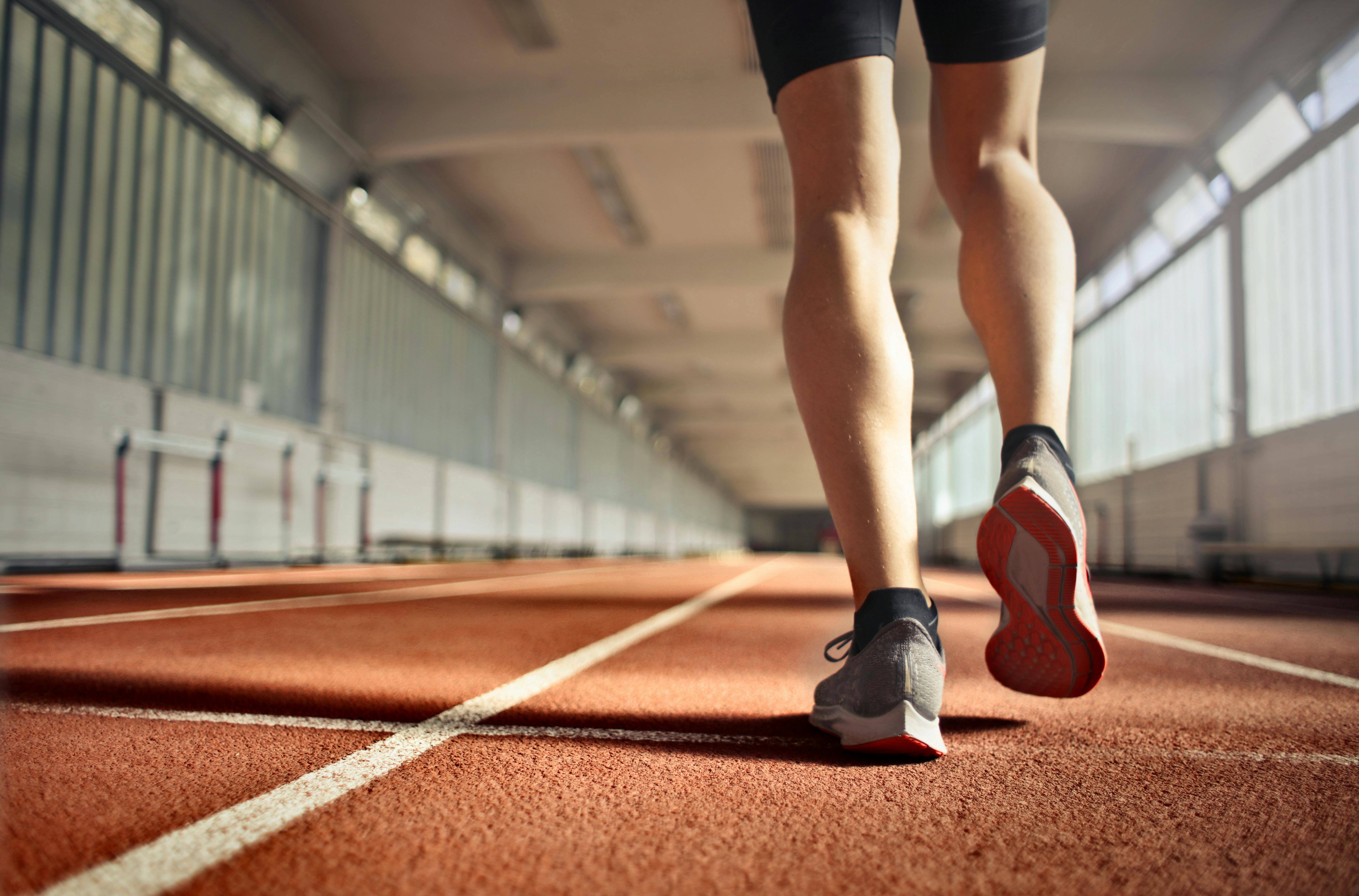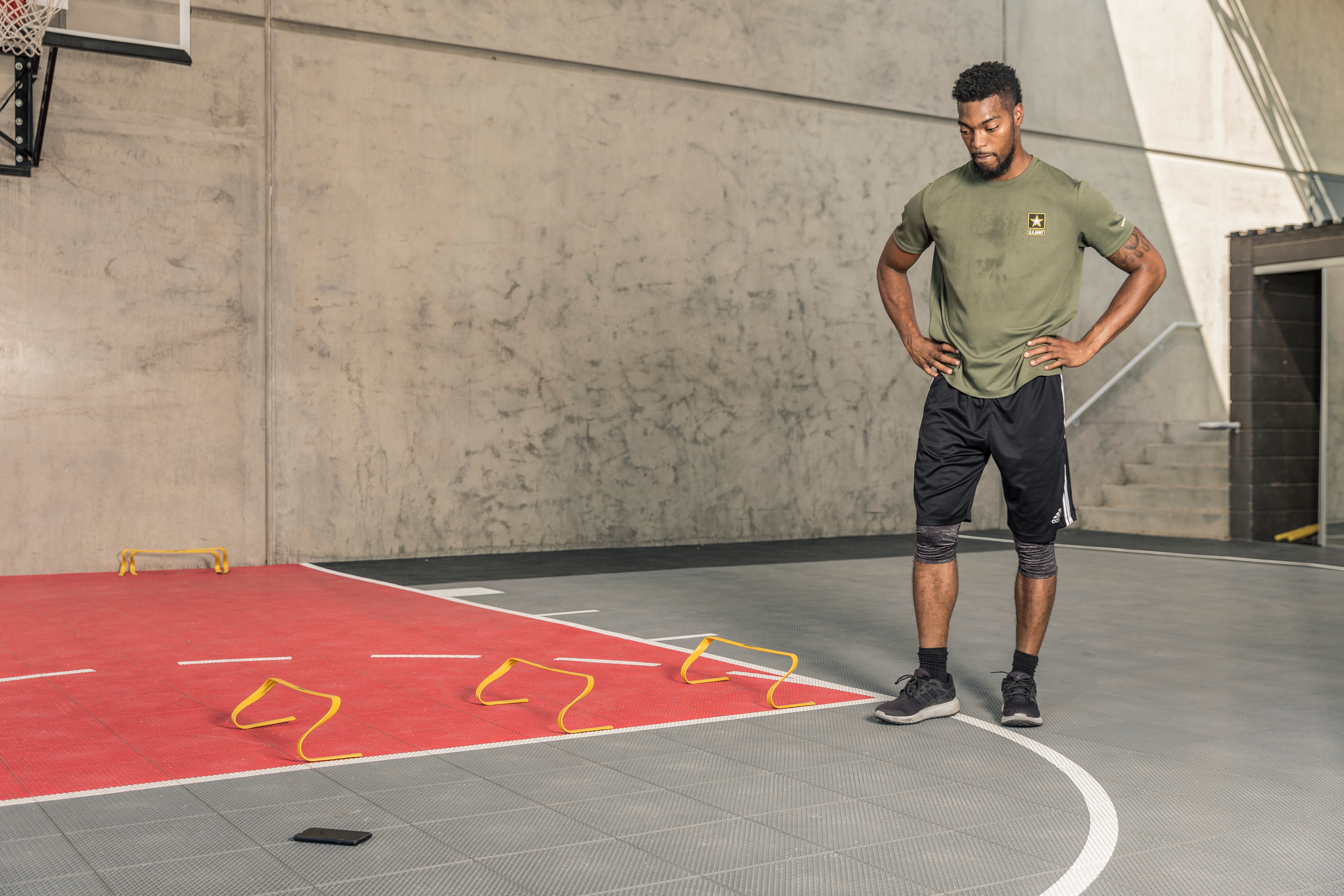Recovery Tips for Athletes | BridgeAthletic
Recovery
How do you think about recovery?
“There has been a huge emphasis lately on the benefits of different recovery modalities; from cryotherapy and sensory deprivation to mindfulness and meditation. While some of these have shown great promise, none of them can or should take place of the basics.”
- Sparta Science
This is a trend noticed across the board in training, you need to stick with the basics. While it can be easy to get caught up in the latest and greatest, usually for good reason, it is not as helpful or significant if the fundamentals are neglected. Everything stems from the basics. Just like in weight training, you need to get the basic movements down before increasing your load. The same goes for recovery. Start with active recovery, proper nutrition and rest a then move onto to other methods when more serious recovery is needed.

Active Recovery
"When you stay active between work intervals, it speeds up the removal of lactate and helps to reduce the acidity that hinders performance when you increase the intensity again."- Cathe
After hard training sessions, or big performance weekends it can be hard to get back to work, especially when athletes crave time off to rest. Here's where active recovery can work its magic. Why? Because it helps battle against those sore muscles that are probably the driving factor for their desired rest time.
When an athlete trains, lactate builds up in their muscles and bloodstream, causing their blood to become more acidic. The acidity that builds up during exercises interferes with an athlete's ability to contract their muscles, meaning it is interfering with their performance.
So, to prevent this, ensure they are recovering actively by stressing the importance of this to your athletes. While they may feel that those cool down laps after practice or the light swim sets a day after a meet are pointless extra work, it's actually helping their bodies prepare to work hard again soon. And without this recovery it could prolong soreness, leaving them unprepared for the next performance day.
Here are some active recovery ideas
#1 Self- Myofascial release (SMR)
Foam rolling is one form of SMR. The purpose of using equipment like this is to massage your muscles. Consistent foam rolling may improve range of motion, and decrease an over active muscle tone.
#2 Walking
A simple way to get your blood and muscles moving and out of resting mode.
#3 Lighter Weight Lifting
By doing an exercise that made you sore, but at a much lower weight (about 30% percent of usual weight) it can help to reduce the lactate acid built up in the muscles. While also helping to establish muscle memory.
#4 Hiking
A significant way to burn calories and also take advantage of a day off from regular routine training.
#5 Swimming
It works out your whole body, requiring all muscles and joints to be active while putting very little stress on them.
#6 Yoga
Mobility work that takes the body through a full range of motion.
Sleep
While active recovery is very important for an athlete's ultimate performance, knowing when and how to rest is crucial as well.
“Here’s a fact about exercise and conditioning that many athletes fail to consider: You work out in order to recover. It’s after a workout is finished that your body does its biggest job – adapting to the healthy stress of exercise by making metabolic changes over time as improved performance and increased lean muscle mass.” - Thorne
Why is sleep so important for an athlete? Without proper rest and time for the body to regenerate athletes will be lethargic, less alert, and fail to perform at their best. Sleep allows the body to repair damaged muscles and tissues, promoting new growth while also processing memories and information and releasing important hormones to regulate the body's functions.
Cheri Mah, a researcher at the U.S Human Performance Center and a professional sports advisor with a focus on sleep, broke down the importance of sleep, and how athletes can get their best sleep. Mah conducted a study to examine how improved sleep quality affects the performance of basketball players. She found the athletes:
- Sprinted faster
- Reacted quicker
- Had lower levels of fatigue
- Increased accuracy on 3-pointers and free throws by 9%
All sounds pretty good, right? So, what goes into getting this ever so important quality sleep? Here are some tips.
#1 Aim for 8-10 hours of sleep
This is more about creating chronic sleep habits rather than just attempting to get this amount of sleep the night before a game. Ideally, athletes should begin creating this pattern during their off-season so it is already a routine once the crazy schedule hits.
#2 Maintain a regular bedtime and wake up time
Following point #1, this is how you will create a routine so your body will more naturally crave these precious hours of sleep. "Our bodies like regularity and will anticipate sleep with a regular sleep schedule." -Mah.
#3 Implement a wind-down routine
Falling asleep scrolling through your phone? That's a big no no. Your mind stays stimulated from the bright screens which can lead to less restful sleep. You should begin winding down and staying off of electronics about 30 minutes before you aim to go to sleep. Reading (from a non-electronic screen) can be a great way to transition into sleep.
#4 Evaluate your sleep environment
“Make your room a cave. You want it to be dark, cool and quiet. I recommend blackout curtains and keeping your room between 60-67 degrees.” - Mah.
Managing Jet Lag
- Create strategies depending on the flight. For some flights it might be more advantageous to sleep while on others it may be smarter to stay awake to become appropriately adjusted to the time zone.
- Dehydration makes jet lag even worse so ensure athletes are staying hydrated.
- Adjust watches and meals in accordance with the destination's time zone. Use eye masks and ear plugs to create relaxation.
How to coach for sleep
When needed, coaches can use tools to help monitor their athletes' sleep. Tanna Burge shares with us that, at Texas A&M, they utilize sleep study technology only when it is truly needed, and on an individual basis, rather than a team-wide tool.
"We use tools to track sleeping only when needed. If something is going on with an athlete where they are having trouble sleeping or never really feel rested, we want to be able to use technology to track this athlete. We want to make sure that, if there is a sleep apnea or other sleeping disorder, we catch it so we can appropriately care for that athlete, so they can recover well, and have a better quality of life long-term." - Tanna Burge
If you don't yet need tech to help evaluate sleep patterns, turn towards an education strategy. Teaching your athletes why they need those logged hours can drastically impact compliance. If they understand how lack of sleep affects performance, they're likely much more willing to wind down a little earlier each night.
It can be challenging, especially for student-athletes, to log enough hours of sleep so working with them to better manage their time during the day can lead to better sleep in the evening. And when necessary, have athletes talk with your school's psychologist or dietitian. There may be other things they need to be doing to feel well rested.
About the Author

At Bridge, we are all athletes and coaches first. As athletes, our team has experienced everything from riding the pine on JV, to winning NCAA championships, to competing in the Olympic Games. As coaches, we have helped countless athletes reach their full potential, winning everything from age group section championships to Olympic Gold Medals.
Related Posts

Exploring the Benefits of Retro-Walking...
Retro-walking (RW), or walking backward, is a therapeutic exercise used in resistance training...

A Preparatory Training Approach To...
Rucking and load support in full kit is an activity that many Tactical Human Performance teams will...

Conditioning Protocols for Law...
Strength and conditioning programs designed for law enforcement officers can overexert the...

